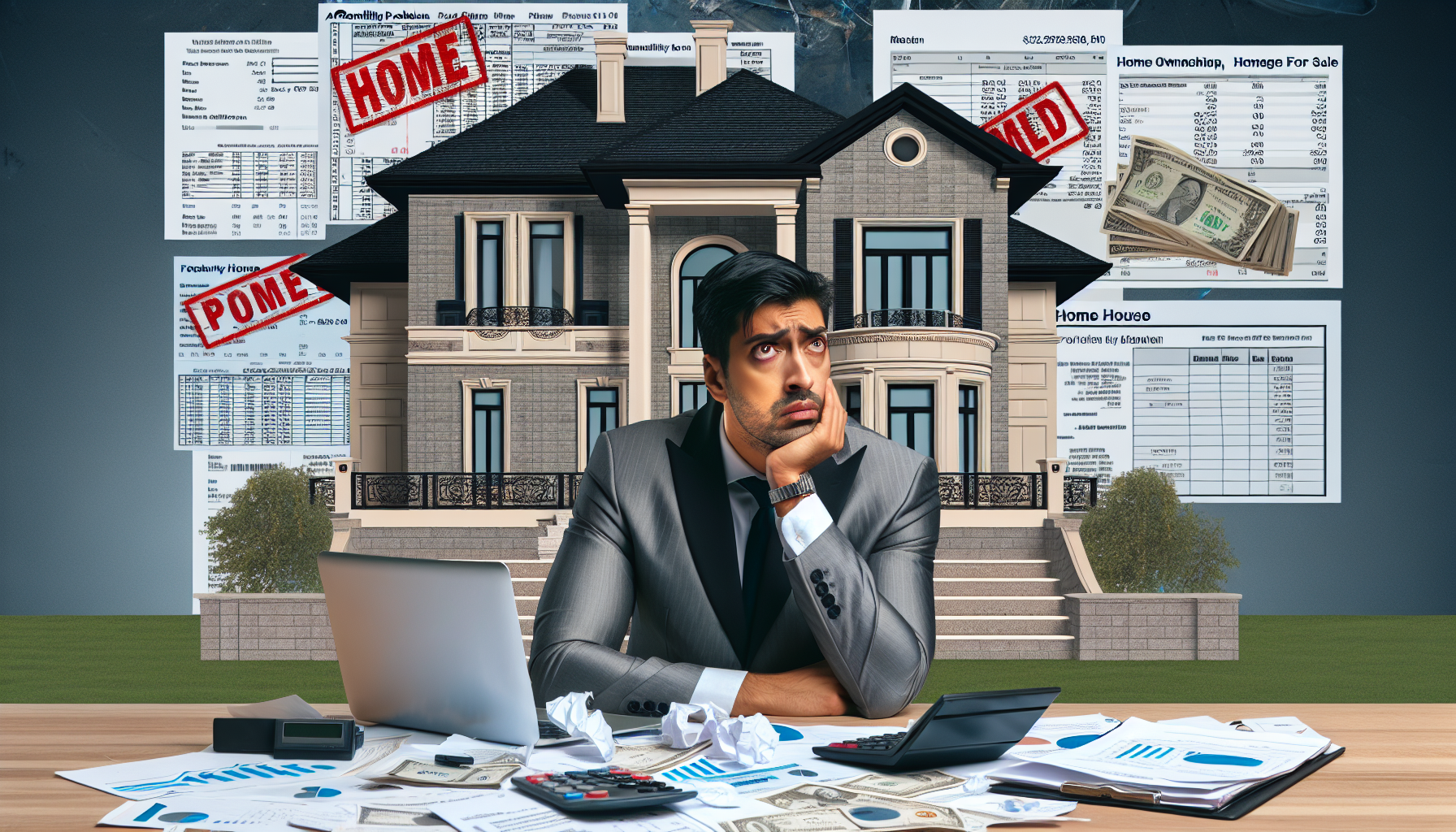
tl;dr
Breaking down the financial realities of buying a $1M home, including income requirements, hidden costs, and market trends that determine true affordability.
The allure of a $1 million home often sparks dreams of luxury and stability, but the reality of affordability requires careful calculation. For many, the question isn’t just about the price tag but about whether their income can sustain the monthly payments, additional costs, and long-term financial commitments. In 2025, the average median home price in the U.S. stood at $439,459, yet in high-cost markets, a million-dollar home is increasingly common. So, what does it take to afford such a property?
To break it down, a $1 million home with a 20% down payment—$200,000—requires a mortgage of $800,000. At a 6.50% interest rate, the principal and interest portion of the monthly payment would be approximately $5,050. However, this figure doesn’t include property taxes, homeowners insurance, or potential homeowners association (HOA) fees. In states like New Jersey, where property taxes and insurance rates are among the highest in the country, these additional costs could push the total monthly payment beyond $6,000.
Lenders use the 28/36 rule to assess affordability, meaning no more than 28% of a borrower’s gross monthly income should go toward housing expenses, and no more than 36% should cover all debt, including the mortgage. Applying this rule to a $5,050 monthly mortgage payment, the required annual income jumps to around $215,000—roughly $18,000 per month. This calculation also assumes that other debts, such as student loans or credit card payments, total no more than $1,450 monthly.
Beyond income, several factors influence whether a $1 million home is truly affordable. Personal elements like credit score, employment stability, and the home’s location play a critical role. A higher credit score can secure lower interest rates, while a steady employment history reassures lenders. Location affects not only the home’s value but also recurring costs, such as property taxes and insurance. For instance, a home in a high-tax area might require a significantly larger income to maintain financial comfort.
Market trends further complicate affordability. Rising construction costs—up 34% since 2020—have driven up home prices, while home insurance premiums have surged by 62% since 2018. Additionally, a nationwide housing shortage of 1.5 to 3.7 million units has intensified competition, pushing prices higher. Government policies, such as tax incentives or down payment assistance programs, can mitigate these challenges, but they vary by region.
Ultimately, determining if a $1 million home is within reach requires more than just calculating numbers. It demands a holistic view of one’s financial landscape, including emergency savings, long-term goals, and the ability to absorb unexpected expenses. While the income threshold of $215,000 provides a baseline, true affordability hinges on balancing all financial obligations and ensuring that homeownership doesn’t come at the cost of financial security. As the housing market continues to evolve, staying informed about trends and leveraging available resources will remain key to making informed decisions.